-
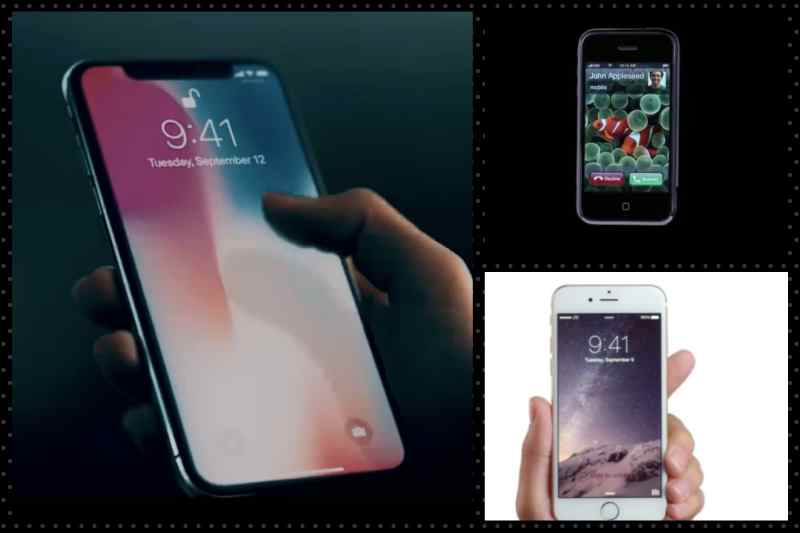
It was January 9, 2007, when Steve Jobs took to the stage at the Moscone Center in San Francisco to announce the arrival of the iPhone, which went on sale on June 29 of the same year. That's a full 11 years ago! If you find it difficult to remember that far back, people were flocking to the cinemas to get teary-eyed at Will Smith in The Pursuit Of Happyness. While our pop music and movie choices may not have improved much, smartphones were in fact changed forever: from that point on, touchscreens, apps and digital media were the way forward. The next big turning point in smartphone history is now pegged to yet another Apple smartphone- the mesmerising iPhone X. So, even as we look forward to mind-boggling gadgets from Apple, here is how the iPhone evolved over the past decade:
-
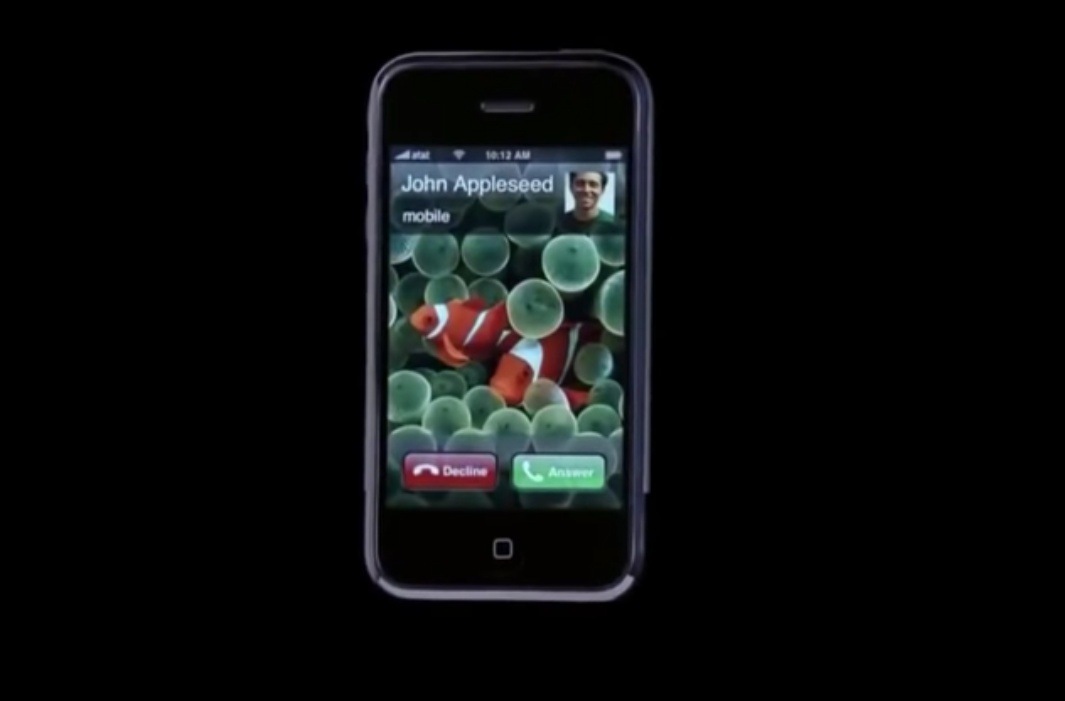
iPhone 1 (first generation): Steve Jobs introduced the iPhone as three devices in one: a touchscreen iPod, a revolutionary mobile phone, and a truly mobile web browser. Now we take touchscreens, digital media playback and web access for granted, but in 2007 the iPhone was unlike anything that had appeared before. Its 3.5-inch screen had a 320 x 480 pixel reoslution (one of the best displays of the time), with a 2MP camera built in, and up to 8GB of storage. (Youtube)
-
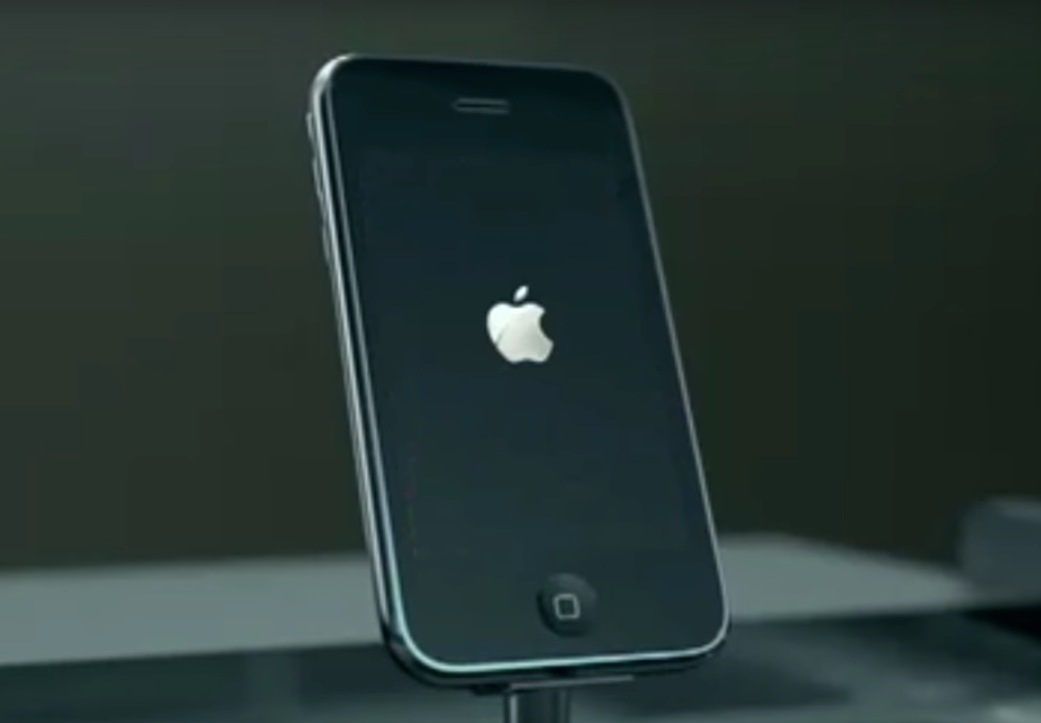
iPhone 3G (second generation)- Launched in July 2008, the smartphone had high-speed connectivity and was big news in 2008, which is why the second generation iPhone included 3G in its moniker. It also brought with it a thinner shape, a plastic back and newly launched App Store. (Youtube)
-
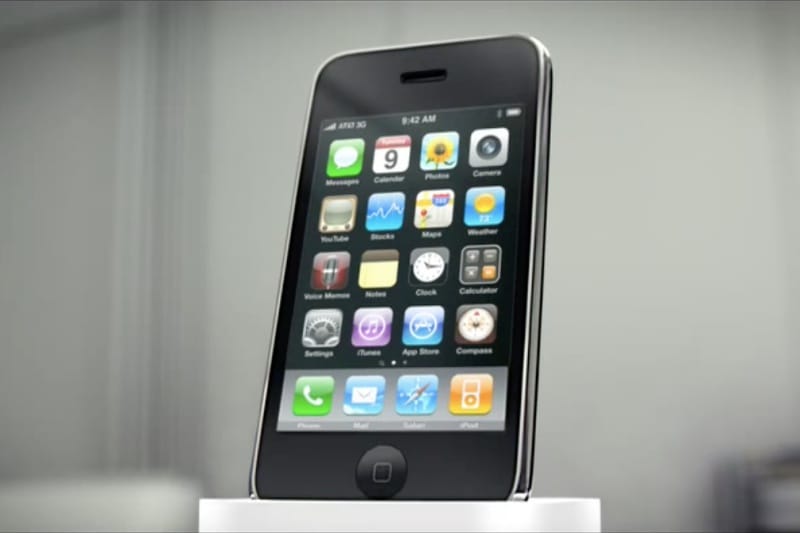
iPhone 3GS (third generation): Launched in June 2009, the iPhone 3GS upgrade was viewed as disappointingly minor at the time, but it was still revolutionary. The smartphone gave a faster performance and offered a better 3.2MP camera (that could now record video as well as take photos), extra storage options and voice control (the precursor to Siri). The display was the same 3.5-inch 320 x 480 screen, and the device's appearance remained largely unchanged from the 3G model. (Youtube)
-
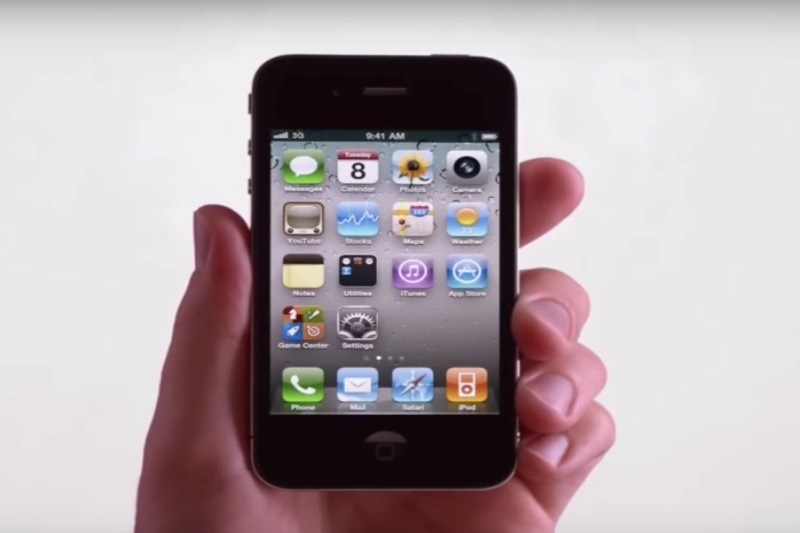
he YouTube clip will play inside a floating window on your smartphone.
-
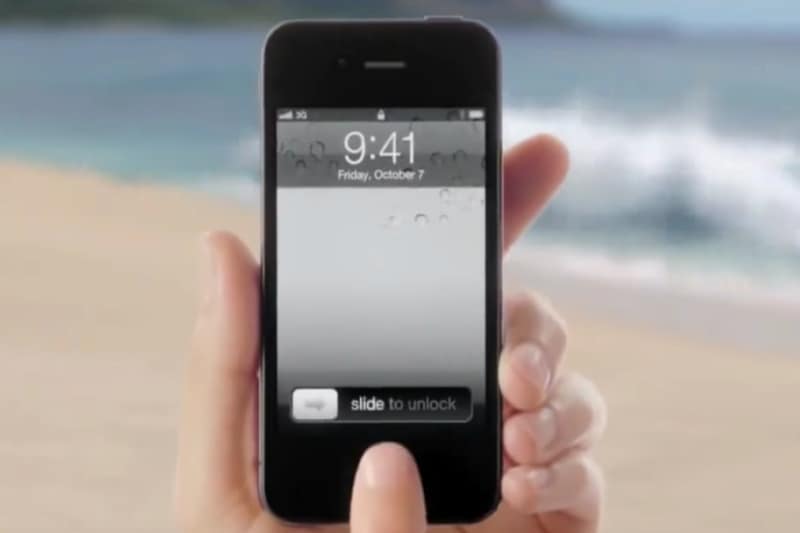
iPhone 4S (fifth generation): Launched in October 2011, Apple pulled out the "S" tag again for the fifth generation handset, indicating a minor upgrade rather than a major overhaul. The design of the iPhone 4S was the same, but inside was Apple's new A5 processor, vastly improved graphics capabilities and an 8MP camera with 1080p video recording. iOS was evolving at the same rate as the hardware, of course, and Siri began life as an iPhone 4S exclusive. (Youtube)
-
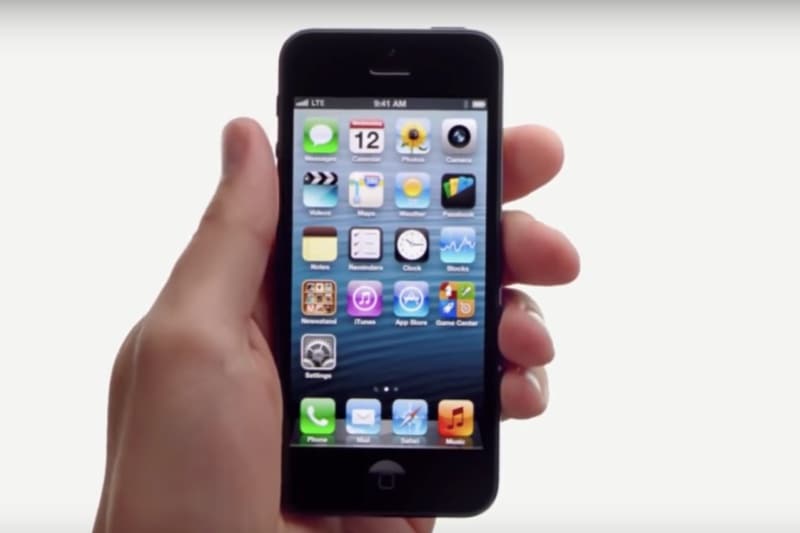
iPhone 5 (sixth generation): Apple was cruising towards changes, as the competition was getting tough in the smartphone market. Launched in September 2012, After six handsets, Apple finally decided it was time to tweak the iPhone's screen size and aspect ratio. Coming in at 20 percent lighter than its predecessor, the 2012 iPhone adopted a 4-inch screen, running at 640 x 1136 pixels. Otherwise, despite the usual speed bump and a stronger antenna, it was very much business as usual in terms of the design and capabilities. (Youtube)
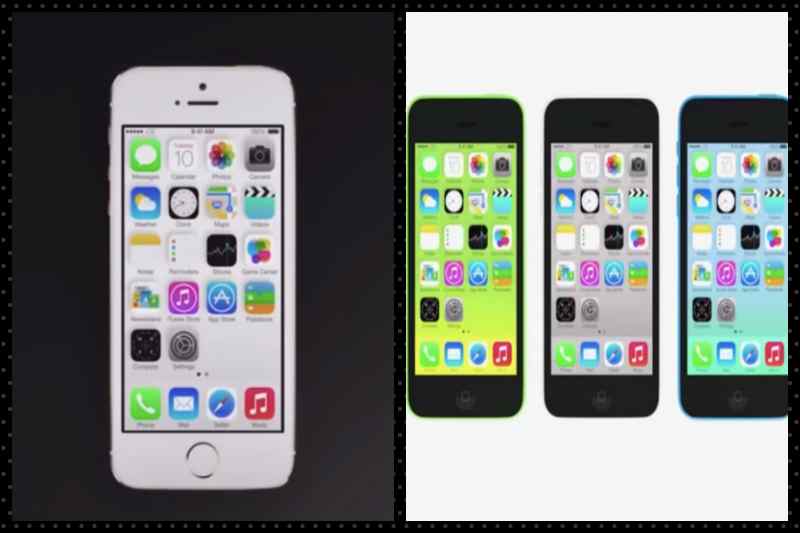
iPhone 5S/5C (seventh generation): Launched in September 2013, the big step in the seventh stage of the iPhone's evolution was the arrival of the iPhone 5C, a slightly cheaper, plastic-backed model to help battle Android in the busy mobile middle market. The signs were there already – remember Apple kept the iPhone 4 and 4S on sale during the iPhone 5 era. Apart from the plastic shell and larger battery, though, the iPhone 5C was, in terms of specs, a carbon copy of the iPhone 5 – which was retired to make way for the two new handsets. As for the flagship iPhone 5S, it was a case of under-the-hood improvements again: more power, a better camera, and a fancy fingerprint reader hidden under the home button. The bigger changes arrived with iOS 7, the most radical revamp of the mobile operating system since the App Store arrived back in 2008. (Youtube) -
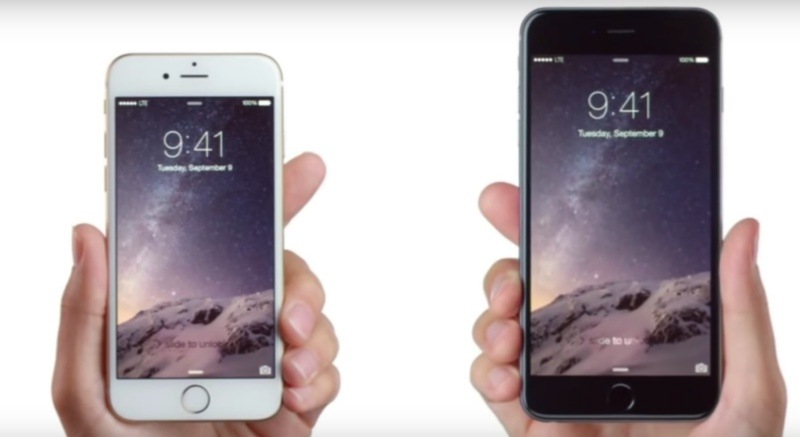
iPhone 6/6 Plus (eighth generation): Launched in September 2014, After the smaller changes that came with the iPhone 5C and iPhone 5S, Apple was back to its revolutionary best with the following generation, as the iPhone 6and iPhone 6 Plus brought the biggest alterations in design and features since the leap from the iPhone 4S to the iPhone 5. The most striking change the eighth generation iPhones ushered in was undoubtedly the screen size, with the iPhone 6's display leaping from the iPhone 5's 4 inches to 4.7 inches. Apple also upped the resolution from the 1136 x 640 of previous iPhones to 1334 x 750. This meant that the larger screen still had a high pixel density of 326ppi (pixels per inch), so image quality was incredibly sharp and detailed. Along with the launch of the iPhone 6 and iPhone 6 Plus Apple, released iOS 8, which kept many of the flat aesthetics of iOS 7 and ushered in some neat new features. (Youtube)
-
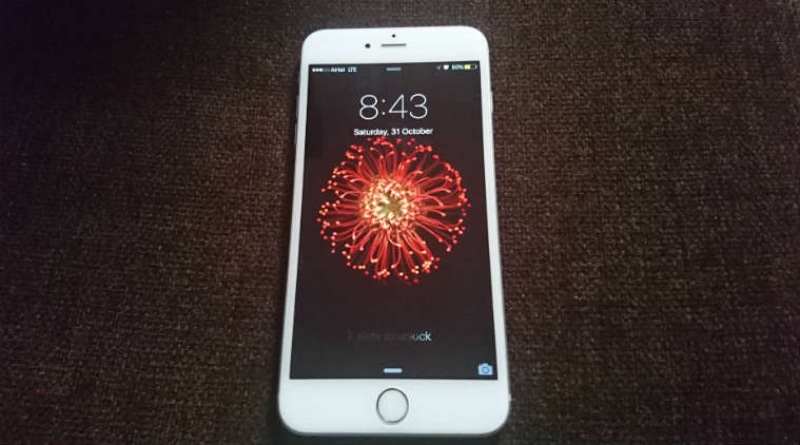
iPhone 6S/6S Plus (ninth generation): Say hello to the iPhone 6S and iPhone 6S Plus. Launched in September 2015, as the names suggest the 6S and 6S Plus don't exactly ring the changes. Rather they build on the solid base provided by the 6 and 6 Plus from 2014. There was a new power unit under the hood, with Apple's new A9 chip boosting performance, while the rear facing camera is now an impressive 12MP offering with a new Live Photo feature which can capture a few seconds of video with each snap. The big talking point here though is Apple's new 3D Touch technology. This allows the display on the iPhone 6S and 6S Plus to monitor how much pressure you're applying to it. (IE)
-
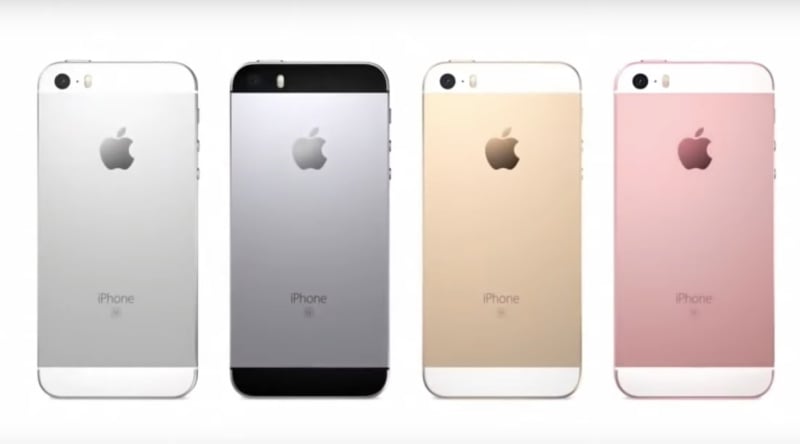
iPhone SE: Launched in March 2016, the latest cheaper release from Apple was the iPhone SE, which took a lot of features from the iPhone 5S and brought them into a phone ready to face the market of 2016. It is the perfect choice for you if you're looking for a smaller iPhone as it comes with a 4-inch screen. The body looks much like the iPhone 5S and while the design may seem a little tired, it still feels premium to the touch. Plus the iPhone SE comes with a 12MP rear-facing camera, a 64GB storage option and iOS 9 software. (Youtube)
-
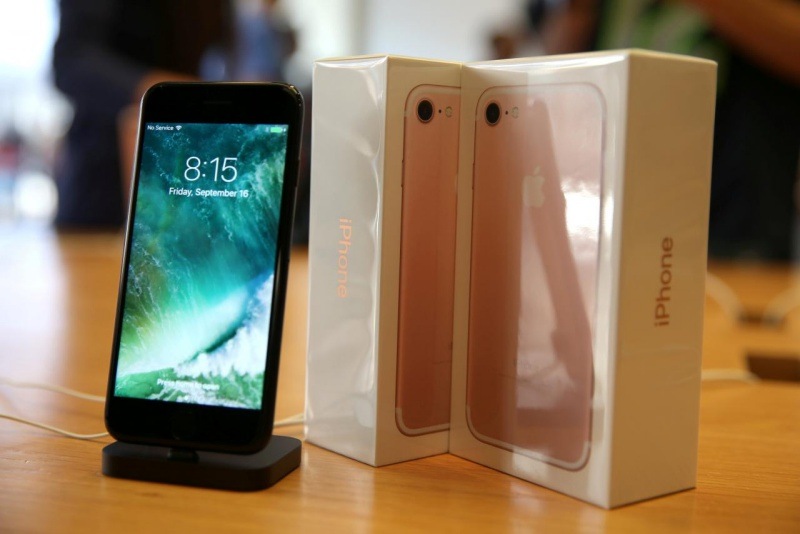
iPhone 7/iPhone 7 Plus: Next up is the iPhone 7 and the iPhone 7 Plus. Launched in September 2016, The camera on both of these devices, especially the iPhone 7 Plus, as that comes with a telephoto lens which allows you to take 2x lossless optical zoom photos with ease. The iPhone 7 still has a great shooter though, with fantastic low light skills and one of the best point and shoot rear cameras on the market. This is also the time Apple embraced waterproof phone tech. Both the iPhone 7 and iPhone 7 Plus ccomes with IP67 ratings, which means you can submerge your phone in water for a few minutes or more without worrying about it getting damaged. Perhaps the biggest headline of the iPhone 7 and iPhone 7 Plus is the fact the company has said goodbye to the 3.5mm headphone jack. (Reuters)
-
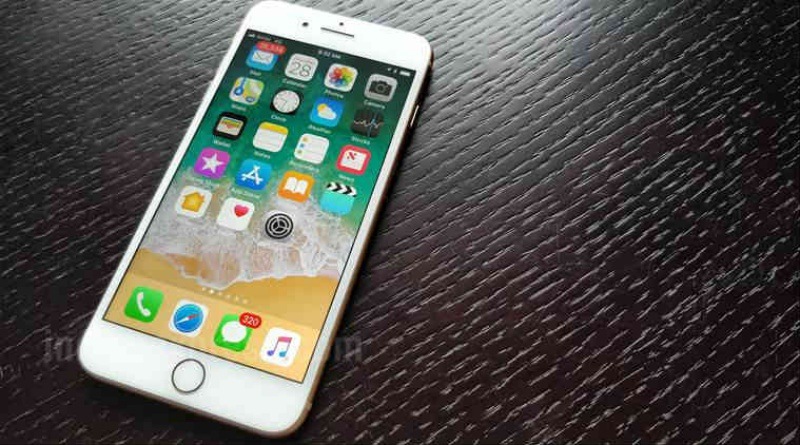
iPhone 8/8 Plus: Apple offered the fans with iPhone 8 and iPhone 8 Plus during its September 12, 2017, launch event at its brand new Cupertino, California HQ. Introduced wireless charging, the rear-facing facing 12MP camera on the iPhone 8 has also been improved, as has the dual snapper on the back of the iPhone 8 Plus, giving you brighter, clearer and more colorful snaps. Both phones also benefit from Apple's brand new A11 Bionic processor and upgraded GPU, ensuring there's plenty of grunt under the hood. (IE)
-

iPhone X: The iPhone X was the phone that stole the show, pushing aside the incremental upgrades that are the iPhone 8 and 8 Plus, and dazzling Apple fans around the world with a bold new look. iPhone X followed the trend and introduced the bezel-less 5.8-inch Super Retina HD display, packing in 2436 x 1125 resolution for a 458ppi pixel density. It's the first iPhone ever to use an OLED display, meaning it packs a more powerful punch, and it's led to another iPhone first too. The iPhone X does not have a home button. Apple has ditched the physical key in favor of a swipe up gesture from the bottom of the screen, while the fingerprint scanning Touch ID tech has also been kicked to the kerb. In its place is Face ID, a facial scanner technology that accurately maps your face and – Apple claims – is much more secure than Touch ID. (Youtube)

US announces list of applicants that qualify for H-1B $100K fee exemption






